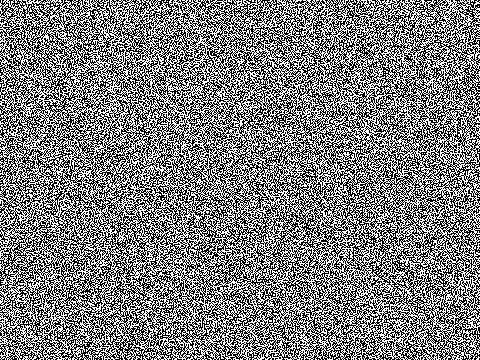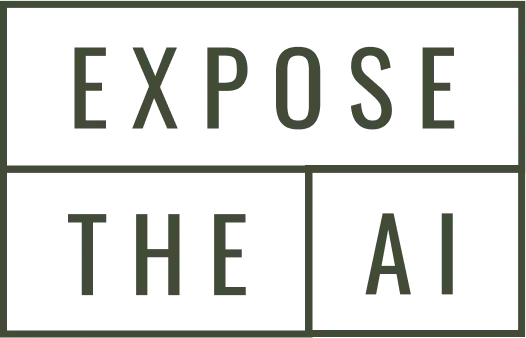AI-generated images often contain subtle flaws that defy the rules of physics. These can manifest as incorrect shadows, reflections that don’t match the real-world scene, or unrealistic depth and perspective, creating a sense of visual dissonance.
Lighting & Shadows
In AI-generated images, lighting and shadows often present noticeable inconsistencies. Shadows may be cast in different directions despite a single light source, or they may not align properly with the objects or people that cast them. Additionally, shadows can appear unnaturally sharp, blurry, or have distorted shapes that don’t match their source. These inconsistencies create a sense of unnatural lighting, making the image feel artificial.
| The leg shadows are not parallel like we would expect them to be. |
Reflections
In AI-generated images, reflections in mirrors, water, or other reflective surfaces often contain subtle errors. These reflections may fail to align with the position or orientation of objects in the scene, showing distorted or incomplete versions of them. Sometimes, reflections can appear as if they belong to an entirely different setting, or they may omit key elements that should be visible. The light and colours reflected may also be mismatched, further enhancing the artificial appearance.
Depth & Perspective
AI-generated images often display subtle distortions in depth and perspective, resulting in unnatural or warped visual elements. In AI images, objects in the foreground may not align correctly with background elements or distant objects may appear too large or small relative to their surroundings. These distortions can create a sense of imbalance in the scene, making the spatial relationships between objects feel off. Additionally, architectural elements like buildings, roads, or furniture may show bending lines or mismatched angles that defy real-world perspective. Depth and perspective distortion may occur in photographs due to varying lens focal lengths, resulting in image warping or significant changes in proportions.
Summary
Although we often overlook the basic principles of physics in everyday images, it’s important to look closer and question whether the scene aligns with the physical realities we expect. Start by examining the shadows—are they all accounted for, and do they match their respective light sources? Do the shadows throughout the image follow a consistent pattern? Next, pay attention to depth and perspective. While these issues may be subtler, watch for distortions, such as warped objects or lines that should be straight but appear curved. Check the alignment of elements within the scene—does anything seem out of place or misaligned? If there are reflective surfaces like mirrors, water, or shiny objects, inspect them closely. Do they accurately reflect the surrounding environment, or do they present inconsistencies? Remember that certain camera angles and lenses can naturally distort images, so consider this as well.
Guiding Questions:
- Shadow Consistency: Are the shadows aligned with their light sources?
- Shadow Direction: Do multiple shadows point in different directions?
- Image Warping: Is there any visible distortion or warping in the image?
- Perspective Alignment: Does the trajectory or path in the scene appear unnatural or misaligned?
Reflection Accuracy: If reflective surfaces are present, do they accurately reflect their surroundings?

